A cup of tea, enjoyed at its source, displays the charm of the region
There are seven Chanoma locations dotted around Shizuoka Prefecture. Each location allows visitors to enjoy a relaxing cup of tea atop a terrace with breathtakingly beautiful views of the tea plantations below. “Sea and Fuji Chanoma” is one of the seven locations. Located at the foot of Mt. Fuji “Sea and Fuji Chanoma” offers views of the sea as well as Numazu City and the southern ridge of Hakone. However, these great views alone are not the main reason that these teahouses exist.
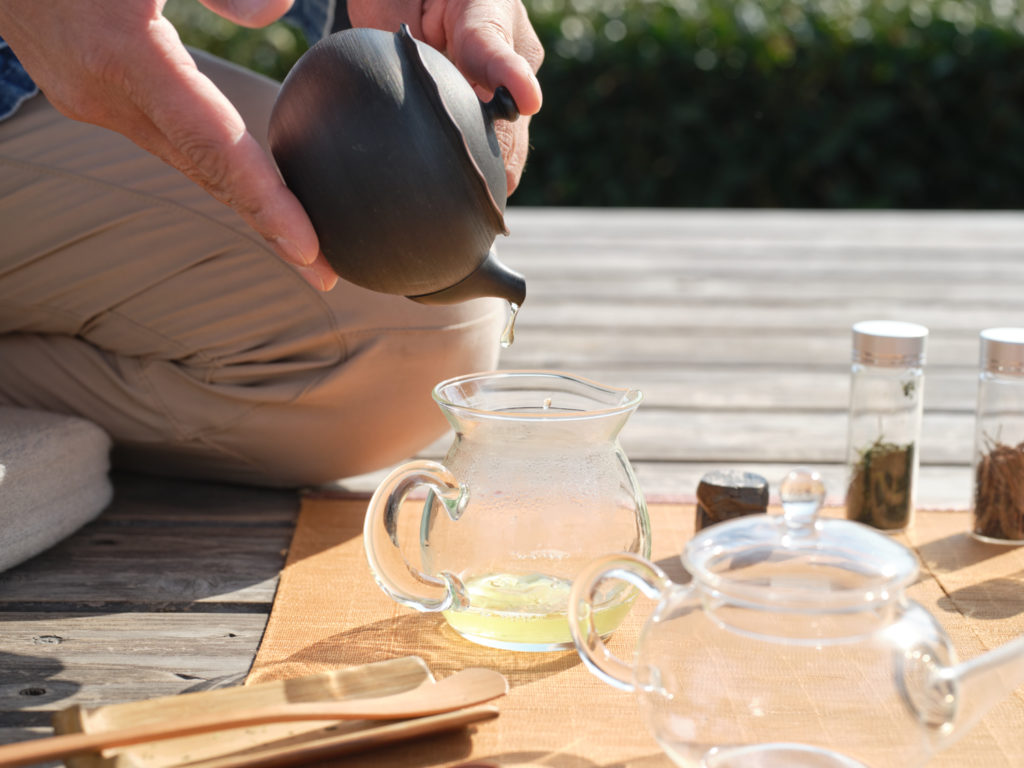
“Chanoma was born from an idea of tea masters enjoying their unique teas in the plantations in which they were produced. A heavy importance is also placed on people and their connection and deep understanding of tea,” says Mohei Honda, a fifth-generation tea master at Fujisan Marumo Tea Farm, where the “Sea and Fuji Chanoma” is located.
Chanoma is the first of its kind in Japan. During the first 10 to 15 minutes of your visit, a farmer from that specific tea farm describes the unique story behind the tea, after which you are able to rent the space to enjoy as you wish.
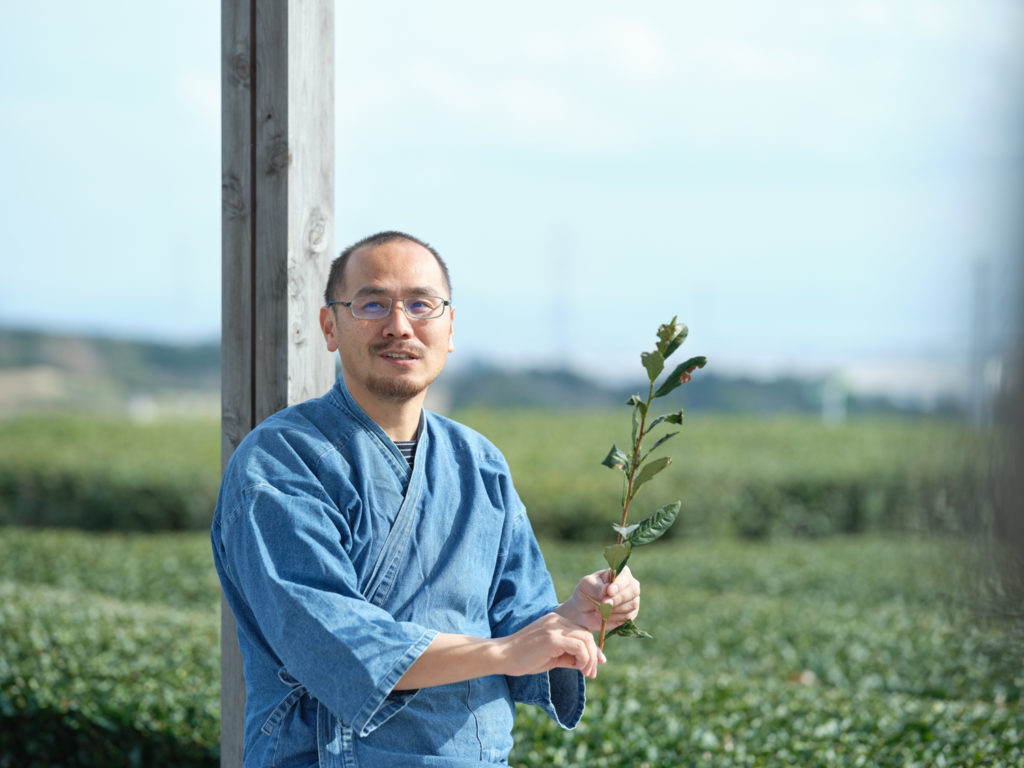
Serika Tsuji, President of AOBEAT, which launched Chanoma in 2019, was born and raised in Shizuoka until she left for university. Upon graduating she worked at branch offices of a travel agency in Numazu and Seoul before being transferred to Suruga Marketing & Tourism Bureau, where she began working on regional tourism in Shizuoka. When that department was closed down due to a company restructure, she decided to start her own company with other members that she had met during her time at the Tourism Bureau. Their goal was to pass on their learnings to future generations.
For Tsuji, tea had always been a part of her life since childhood; “it was only natural to always have a kyusu (teapot) by my side.” However, it felt so commonplace to her that it was not something she had found particularly interesting. “When I met Mr. Honda and other tea farmers, I realized just how delicious tea can be, and that’s when I became interested in it.”
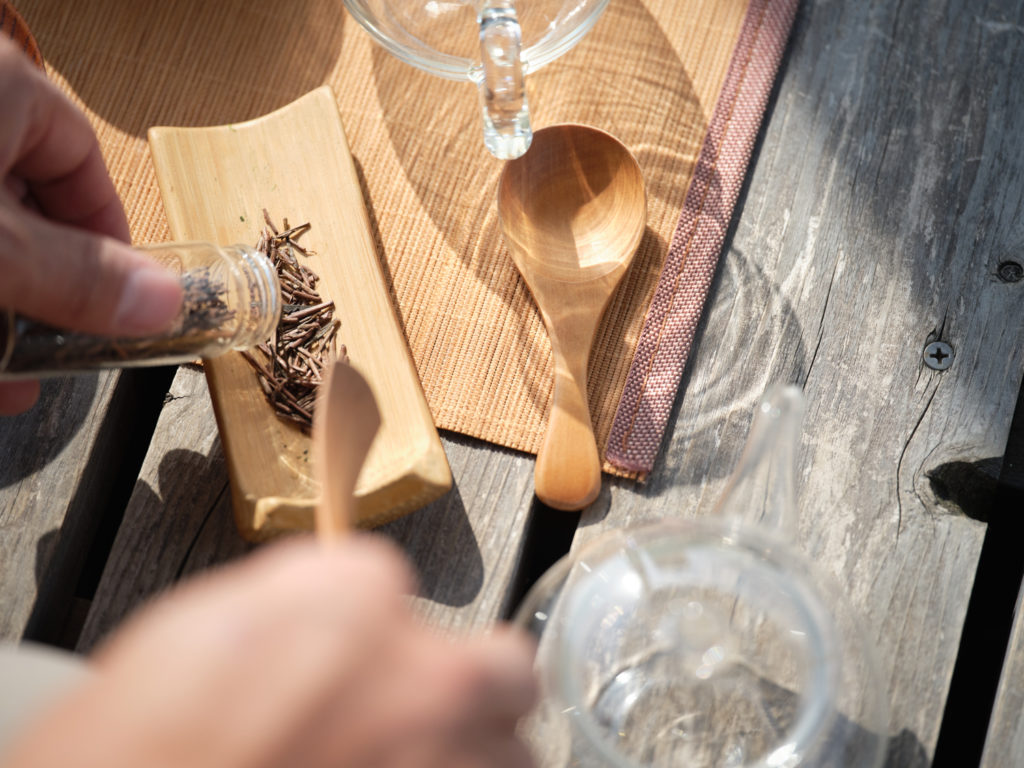
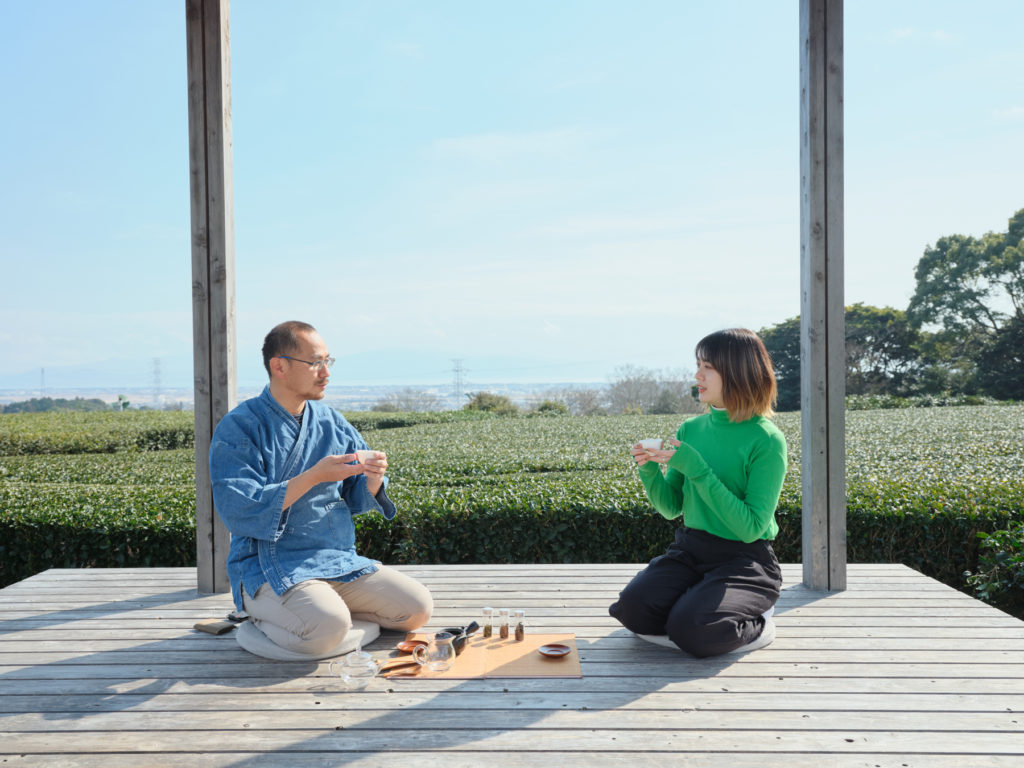
“When people from Shizuoka travel outside of the prefecture, they realize that the tea they drink in their home prefecture is delicious! I think for people outside of Shizuoka, or for people that leave and come back, they’re better able to realize the charm of the area” says Honda. Perhaps this is true not only for tea.
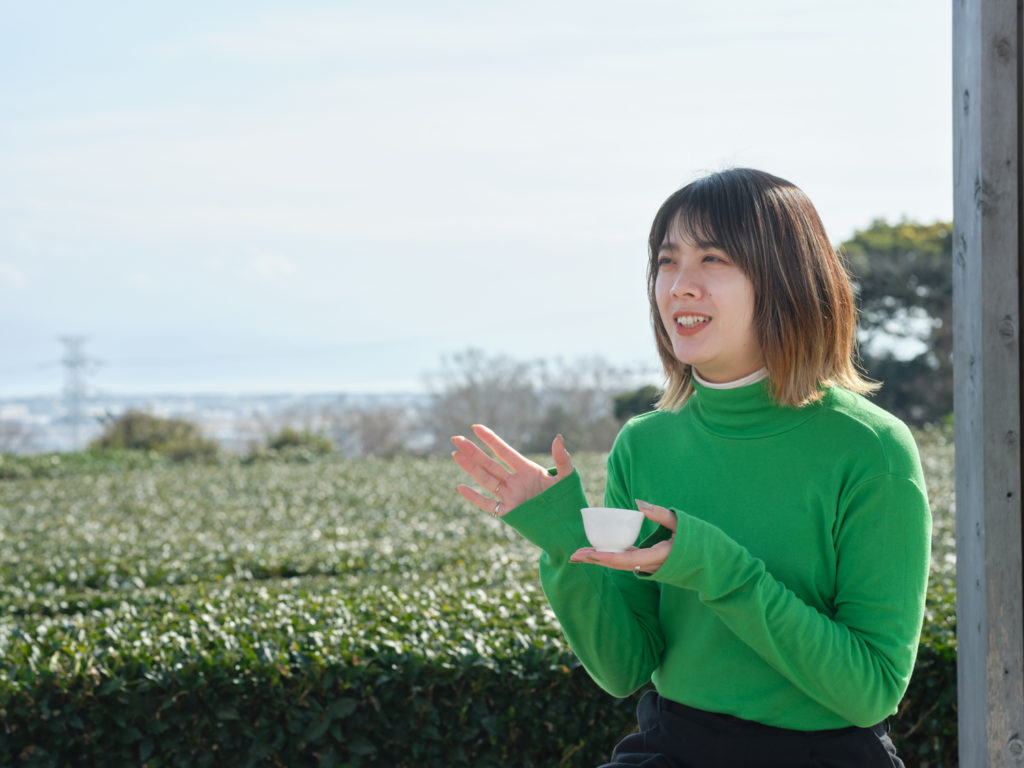
There are currently seven “Chanoma” locations, each with a different taste of tea and each with its own farmers and unique sense of hospitality. “Chanoma in the Sky” is another site we visited, located in the mountains of the northern part of Shimizu Ward, Shizuoka City. At an elevation of 350 meters above sea level, visitors are able to see Mt. Fuji and Suruga Bay, and in the early morning hours the area is sometimes covered by a sea of clouds.
“Of course, the scenery is beautiful, so naturally it has become quite popular. But first and foremost, the tea produced here by Jiro Katahira of Houkouen is delicious. And so, I wanted people to be able to share that with others, which is why we created the Chanoma” Honda adds.
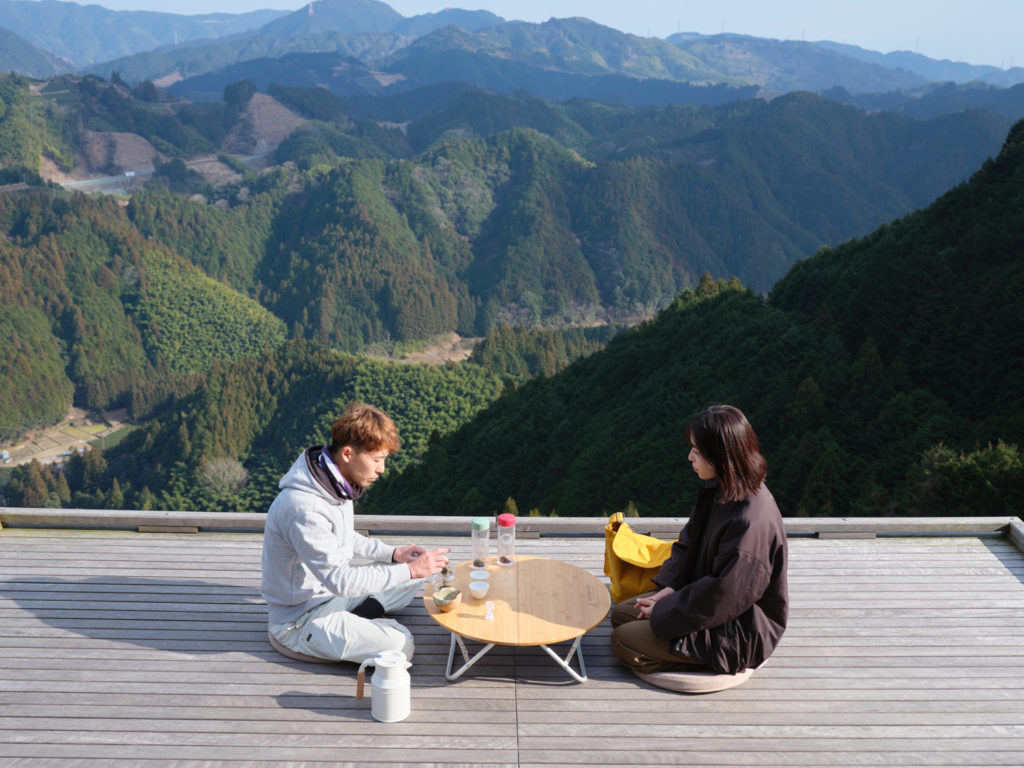
Katahira’s grandfather converted a mandarin orange farm into the now existing tea farm where he produces the tea. “I didn’t choose it as my birthplace, but as I started welcoming more people to Chanoma, I became more determined to take better care of it,” he said.
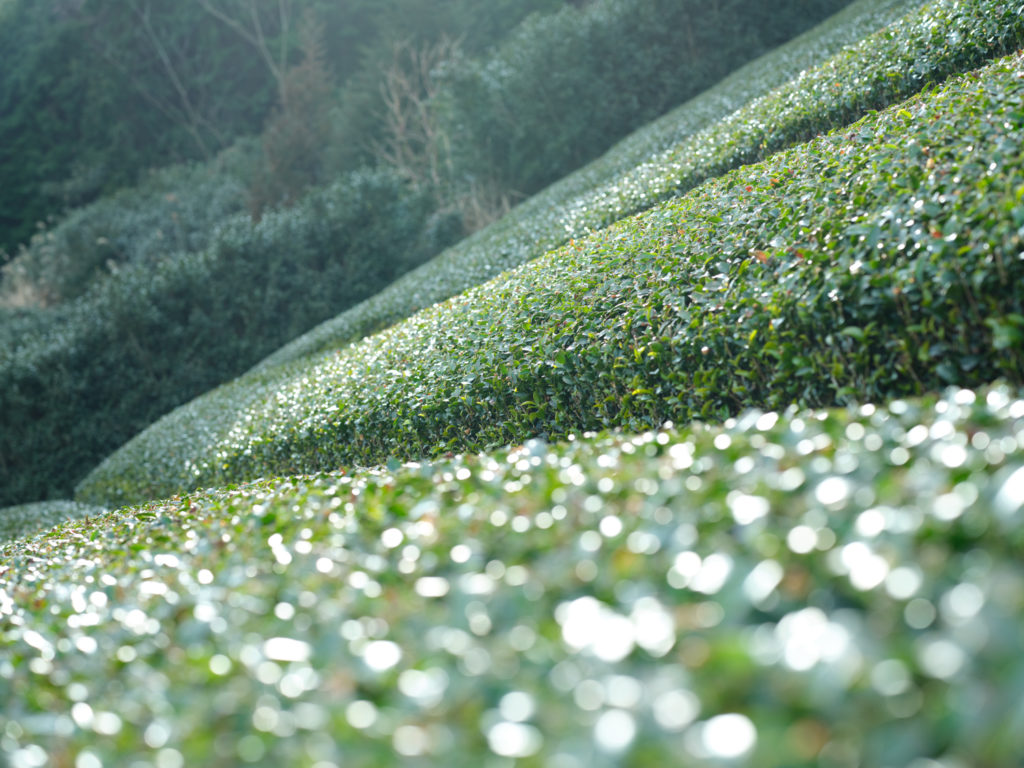
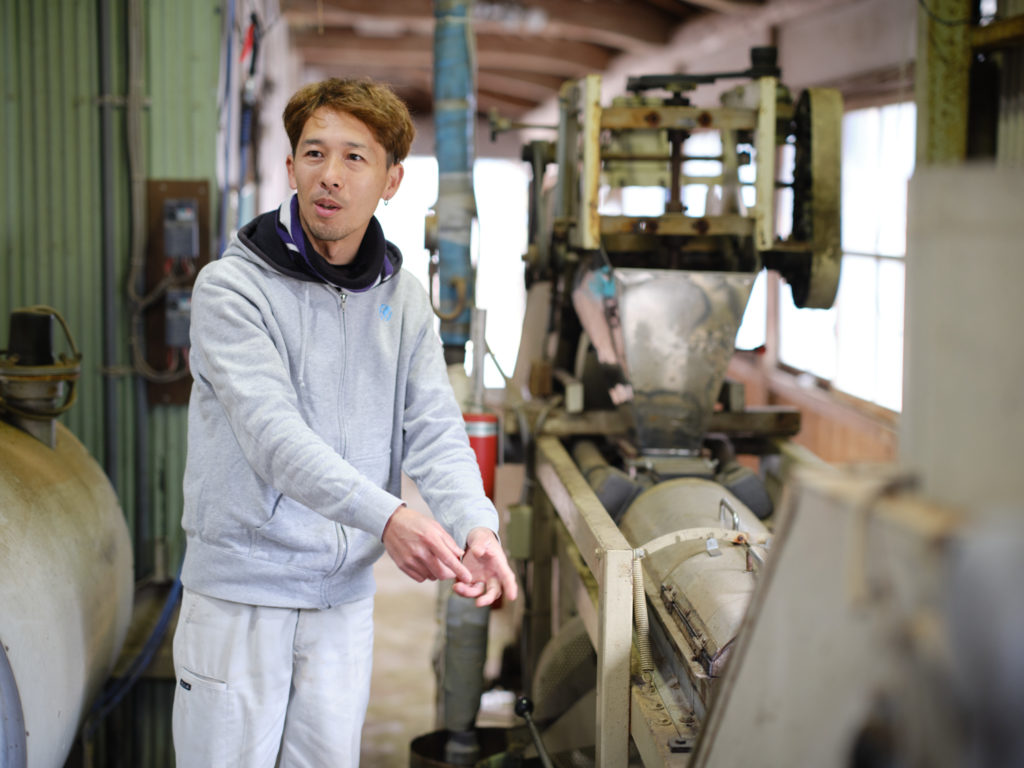
Tsuji and her company, AOBEAT, have a vision of “making the community enjoyable 100 years from now.” To achieve this, they want people to fall in love with the area and to help them get actively involved. In Shizuoka, the largest tea-producing region in Japan, Chanoma represents an opportunity for visitors to experience the charm of Shizuoka, a region abundant in nature. Chanoma gives people the chance to drink tea whilst connecting with the tea’s producer, all whilst taking in the unique beauty of the region’s landscape.













